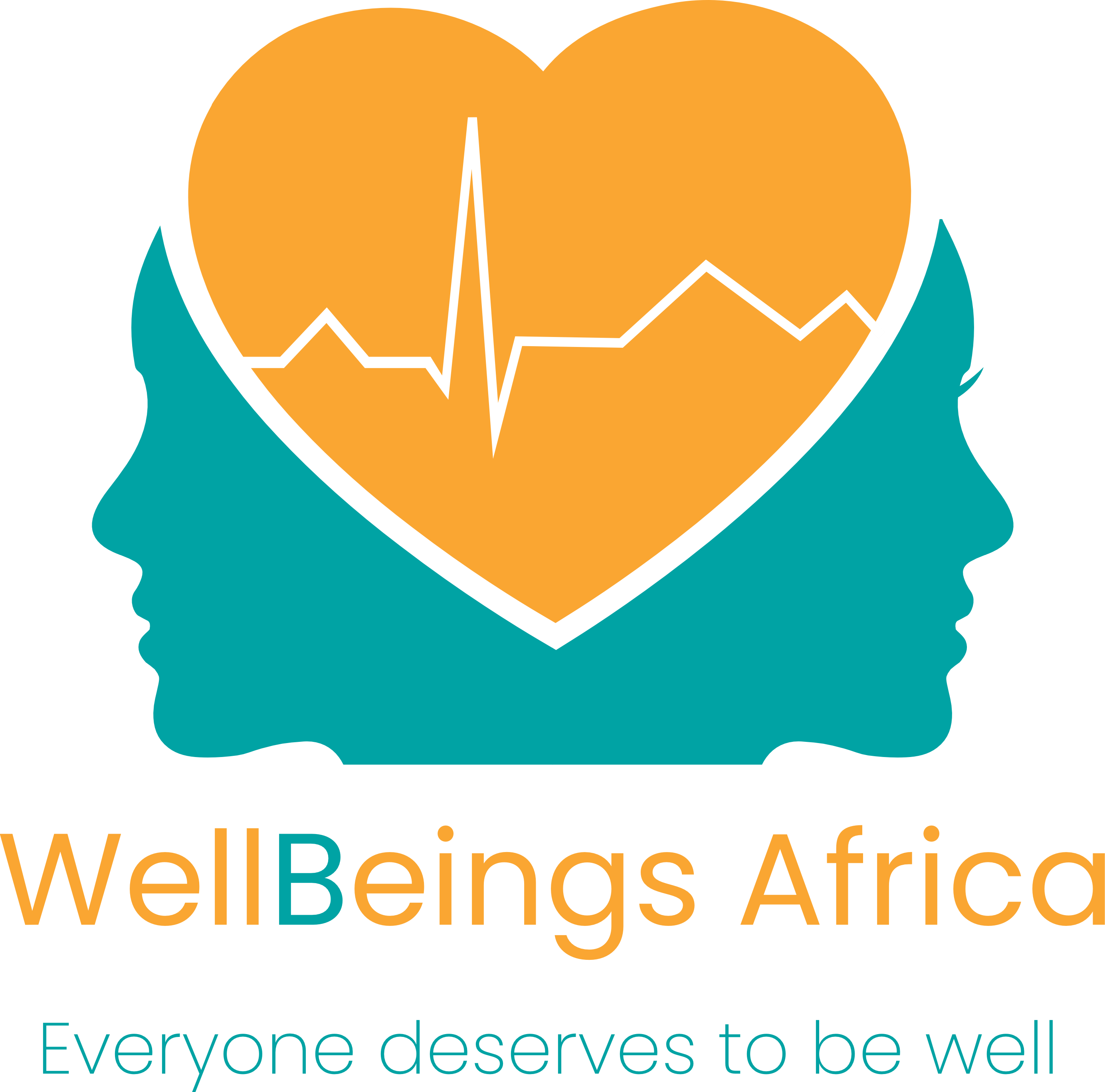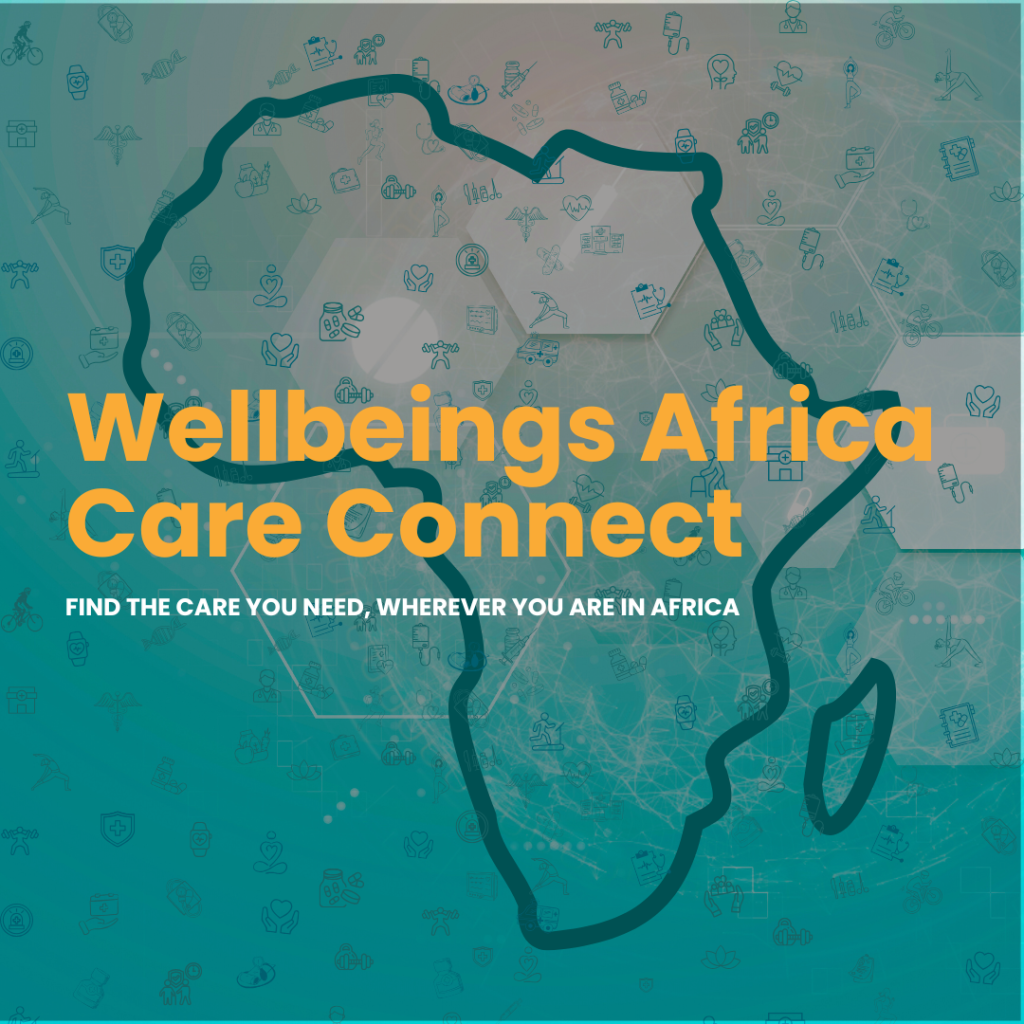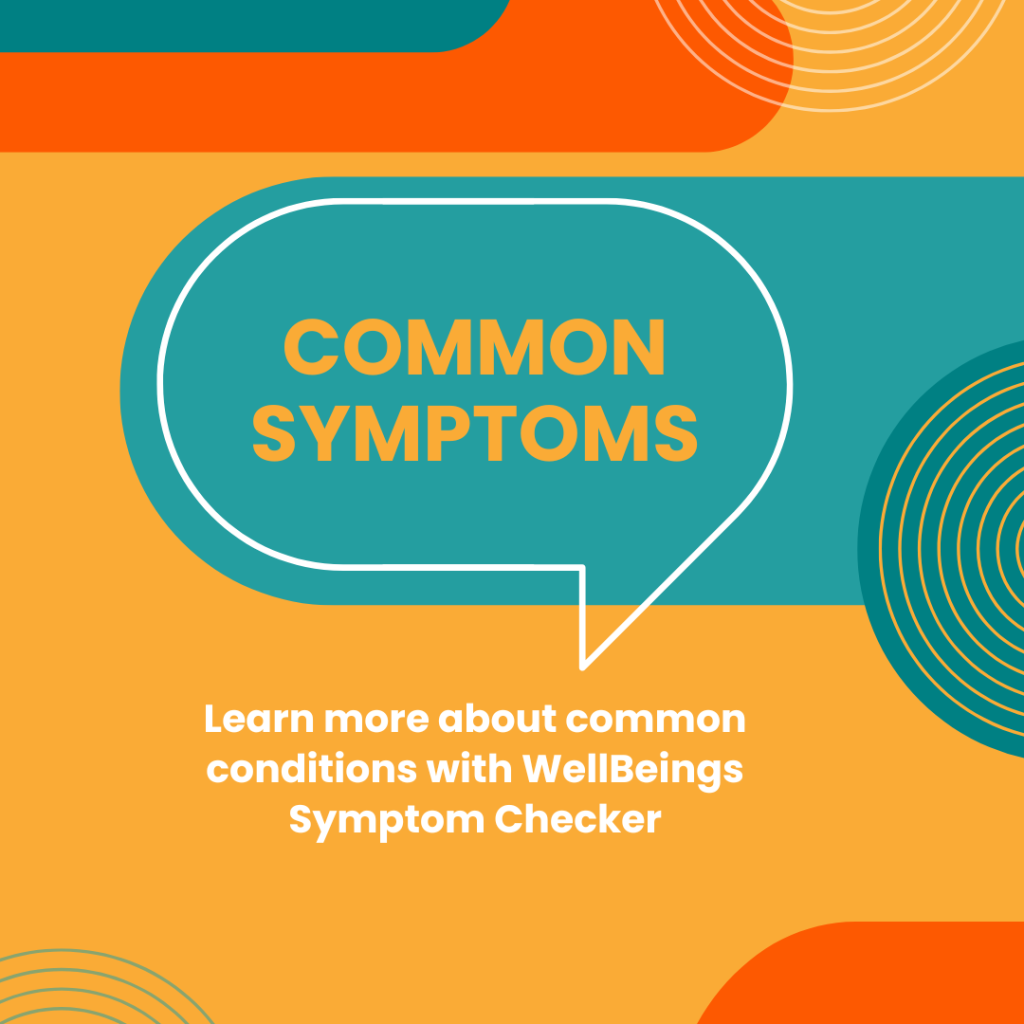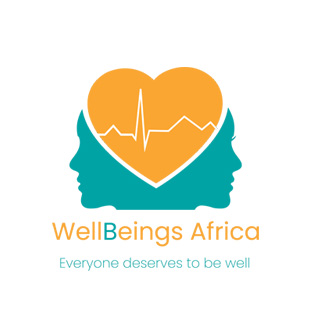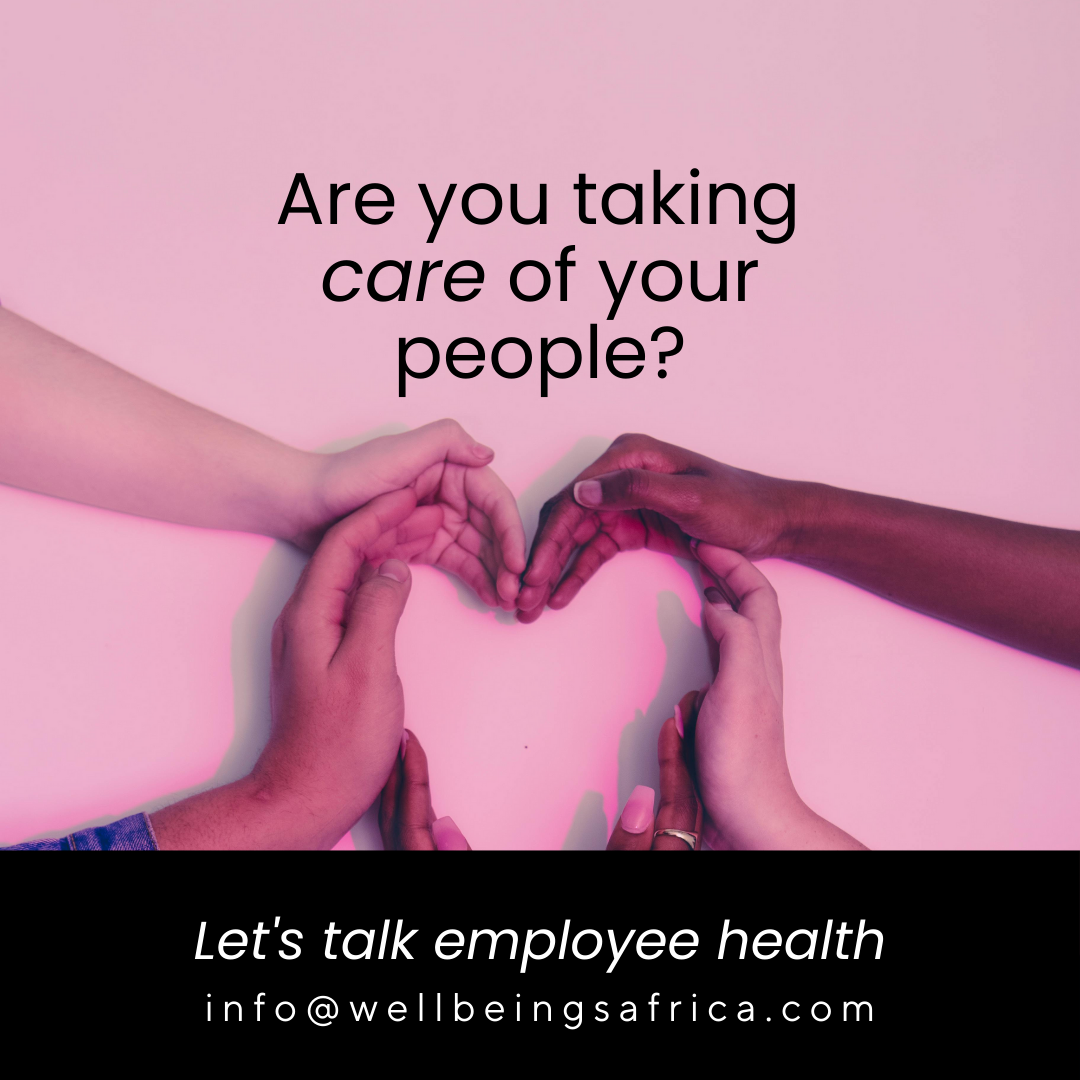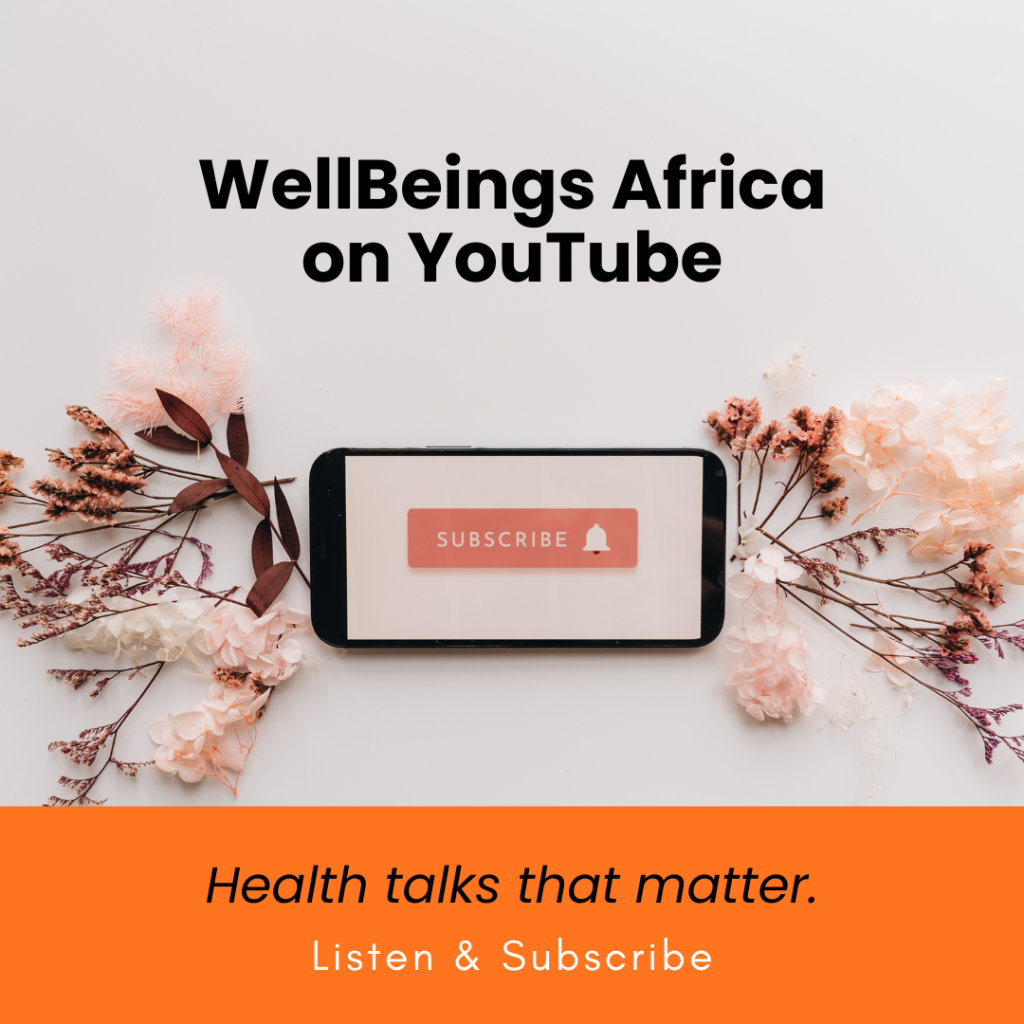Find out why checking your iron levels is essential for you and your family
Iron-deficiency anaemia is one of the most prevalent and concerning non-communicable conditions of our time, affecting up to two billion people worldwide. The World Health Organization (WHO) suggests that up to 38% of people ranging from newborns to the elderly have low iron levels which have a direct influence on health and quality of life.
Iron plays a vital role in the production of haemoglobin, which carries oxygen throughout the body making it essential for the healthy functioning of the body’s cells, tissues, and organs. Insufficient iron stores can lead to anaemia – impairing energy levels, cognitive function, mental health and overall wellbeing. In severe cases, extreme iron deficiency anaemia can lead to life-threatening complications, increasing the risk of heart failure and can weaken other vital organs.
In addition, anaemia has been proven to severely hamper recovery in surgical patients and in postpartum mothers who have suffered blood loss post-delivery or have experienced low iron levels in pregnancy.
Think iron, check iron, take iron
A 2019 WHO data study reveals that the greatest burden of global anaemia falls on the Africa region, with up to 60% of children aged between six months and five years affected. It was estimated that in 2018 in South Africa alone, 17.8 million people, especially neonates, children, menstruating women and the elderly were anaemic. And these numbers are on the rise.
The head of the Cape Town Infusion Centre, Sister Karin Davidson, is a passionate advocate for regular iron levels testing – especially amongst those in at-risk categories. “If you catch your iron levels before they are too low, you may be able to correct them with oral supplements,” says Sister Davidson. She also points out that by knowing a patient’s iron status before surgery or during pregnancy for example, doctors are that much better equipped to introduce preventative and remedial measures.
Full-iron studies are the most accurate way to get a true iron level reading. Sister Davidson explains, “We encourage patients to request a haemoglobin and full iron studies from their doctor rather than just a ferritin or haemoglobin test which can be missed if full iron studies are not performed.”
Sister Davidson’s mantra – “Think iron. Check iron. Take iron.” – is one she shares regularly with both patients and doctors in her daily work and at conferences around the world. “It’s a simple test, and low iron levels and anaemia can be corrected with adequate treatments. It is essential we look out for and take symptoms seriously.”
Are you at risk for anaemia?
Few people in modern society are not affected by potential low iron stores, and therefore anaemia. The most at-risk categories include:
- Babies born to iron-deficient mothers
- Children under 5 years
- Adolescent males and females
- Menstruating women
- Pregnant and postpartum women
- The elderly
- Pre-operative and post-surgical hospital patients
- Patients with chronic conditions
Anaemia checklist
These symptoms indicate possible iron deficiency. If you are suffering from any of the below, please get help from your doctor or at a clinic.
- Physical fatigue and exhaustion
- Shortness of breath
- Paleness
- Mouth ulcers
- Hair loss
- Headaches
- Sore tongue
- Brittle nails
- Pica (craving non-foods like ice or soil)
- Restless legs
- Cold intolerance
- Mental fatigue
- Increased anxiety and depression
- Poor sleep
Anaemia can be difficult to correct with diet alone. While oral iron supplements can help, they take time to work and must be taken correctly. In cases where rapid correction is needed, like during pregnancy, before surgery, or when oral iron isn’t effective, intravenous iron infusions may be required. These medical-grade infusions, which can significantly boost iron and haemoglobin levels, should only be given by a licensed healthcare professional. Some medical aid schemes cover these infusions under hospital benefits or Prescribed Minimum Benefits (PMB), provided certain clinical criteria are met.
Image: Freepik
Sources
Op-ed by: The Cape Town Infusion Center.
